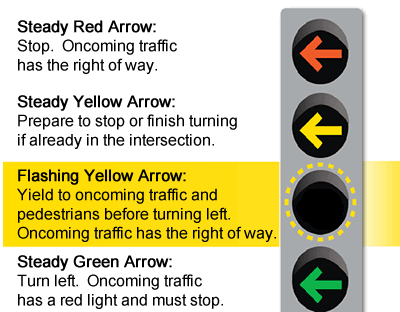And the existing turning restrictions haven’t always been followed, sometimes leading to
tragedy. That’s why “
Enforcement will be key to Market’s success,” wrote Walk San Francisco’s Jodie Medeiros in an email. “The SF Bicycle Coalition has emphasized the need for the City to educate everyone who uses Market Street about the impending turn restrictions, and we have our own plans to mobilize volunteers on the street to collect feedback once those turn restrictions take effect,” added Brian Wiedenmeier of the San Francisco Bicycle Coalition.
He stressed that physical barriers, such as concrete diverters, and curb-protected bike lanes, are what’s ultimately needed to keep Market Street safe for cyclists and pedestrians. They are especially important since this ‘Better Market Street’ plan isn’t actually banning cars from driving down Market Street, as is often reported–it’s just banning private cars. Unfortunately,
drivers of taxis and
city vehicles have injured and killed their share of vulnerable road users on Market Street too. And, of course,
private cars will continue to cross Market Street at intersections.
Concrete protection will come in a few years with the implementation of the longer-term
“Better Market Street” plan. That project will tear up and rebuild the entire street, including replacing and upgrading underground utilities,
adding bus-boarding islands, off-street loading zones, and a sidewalk-level protected bike lane.













